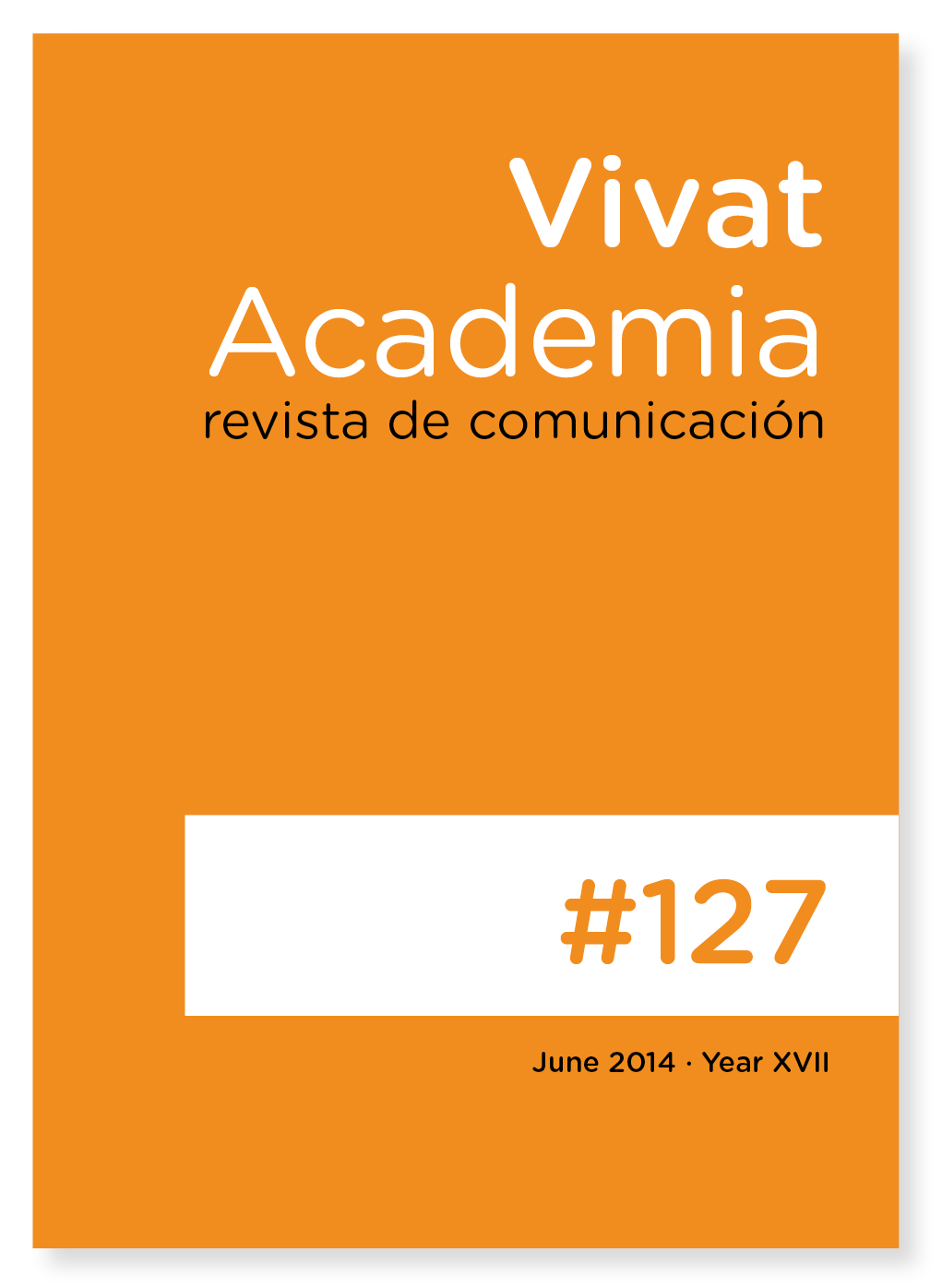Digital Social Innovation : The Crowdfunding Model
Main Article Content
Abstract
Since 2004, the phenomenon of crowdfunding has met a growing development on the web promoting a new form of participative economy to internet users. This is a mechanism of financing via Internet which allows funds to be collected from the general public with the aim of supporting project leaders. 2.7 billion dollars were transited in 2012 worldwide. This article will attempt to analyze this socially innovative initiative ingrained at the heart of communication sciences and to understand the characteristics of such an international phenomenon. First, this paper will question what digital innovation and the new model of participative finance represent. Then we will try to understand and explain how it responds to real expectations and business sectors it invests in. And finally, we will highlight the limitations of such a cooperative model.
Downloads
Article Details
References
ARROW, Kenneth Joseph. (1974). The limits of organization. New York, Norton.
GANSKY, Lisa. (2010) The Mesh: Why the Future of Business Is Sharing. New York. Penguin
Group US. In NOVEL, Anne-Sophie. RIOT, Stéphane. Vive la corévolution !. Paris. Alternatives éditions.
GIDDENS, Anthony. (2007) Les conséquences de la modernité. Paris. Editions L’Harmattan.
LALLEMAND, Dominique. (2001), Les défis de l'innovation sociale. Paris. Esf Editeur.
LAURENT, Éloi. (2012). Économie de la confiance. Paris. La Découverte.
MAROT, Florent. (October 2012). Le crowdfunding finance tout et n’importe qui. Bruxelles.
IHECS Report.
SIMMEL, Georg. (2010). Sociologie : Etudes sur les formes de la socialisation. Paris. Presses
Universitaires de France.
VERDIER, Henri. COLIN, Nicolas. (2012). L'âge de la multitude: Entreprendre et gouverner après la révolution numérique. Paris. Armand Colin.
ZOLTY, Alain. (2011). L'espoir citoyen: Manifeste pour une nouvelle gouvernance. Paris. Editions L'Harmattan.
WEBOGRAPHY
Visual.ly. (2013). Crowdfunding Statistics and Trends. Available at : http://visual.ly/crowdfunding-statistics-and-trends. Consulted on August 29, 2013.
Céreq. (2013). Etude du Céreq. Available at : http://www.collectif-papera.org/spip.php?article679. Consulted on August 29, 2013.
HUSSON, Laure-Emmanuelle. (2012). Le crowdfunding ou comment financer un projet sans l'aide d'une banque. Challenges. Available at : http://www.challenges.fr/entreprise/20120628.CHA8209/le-crowdfunding-ou-comment-financer-un-projet-sans-l-aide-d-une-banque.html. Consulted on August 29, 2013.
Indiegogo. (2013). Moldova, mon amour !. Available at : http://www.indiegogo.com/projects/moldova-mon-amour. Consulted on August 29, 2013.
Kickstarter. (2013). Pebble: E-Paper Watch for iPhone and Android. Available at : http://www.kickstarter.com/projects/597507018/pebble-e-paper-watch-for-iphone-and-android?ref=most-funded. Consulted on August 29, 2013.
Kickstarter. (2013). The Newest Hottest Spike Lee Joint. Available at : http://www.kickstarter.com/projects/spikelee/the-newest-hottest-spike-lee-joint. Consulted on August 29, 2013.
Indiegogo. (2013). Ubuntu Edge. Available at : http://www.indiegogo.com/projects/ubuntu-edge. Consulted on August 29, 2013.
VOGEL, Louis. (2012). Discours à la Conférence des Présidents d’universités. Available at: http://www.cpu.fr/Colloque_annuel_2012.1310.0.html. Consulted on August 29, 2013.





